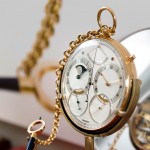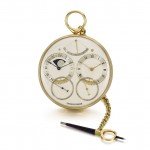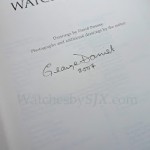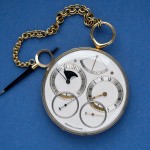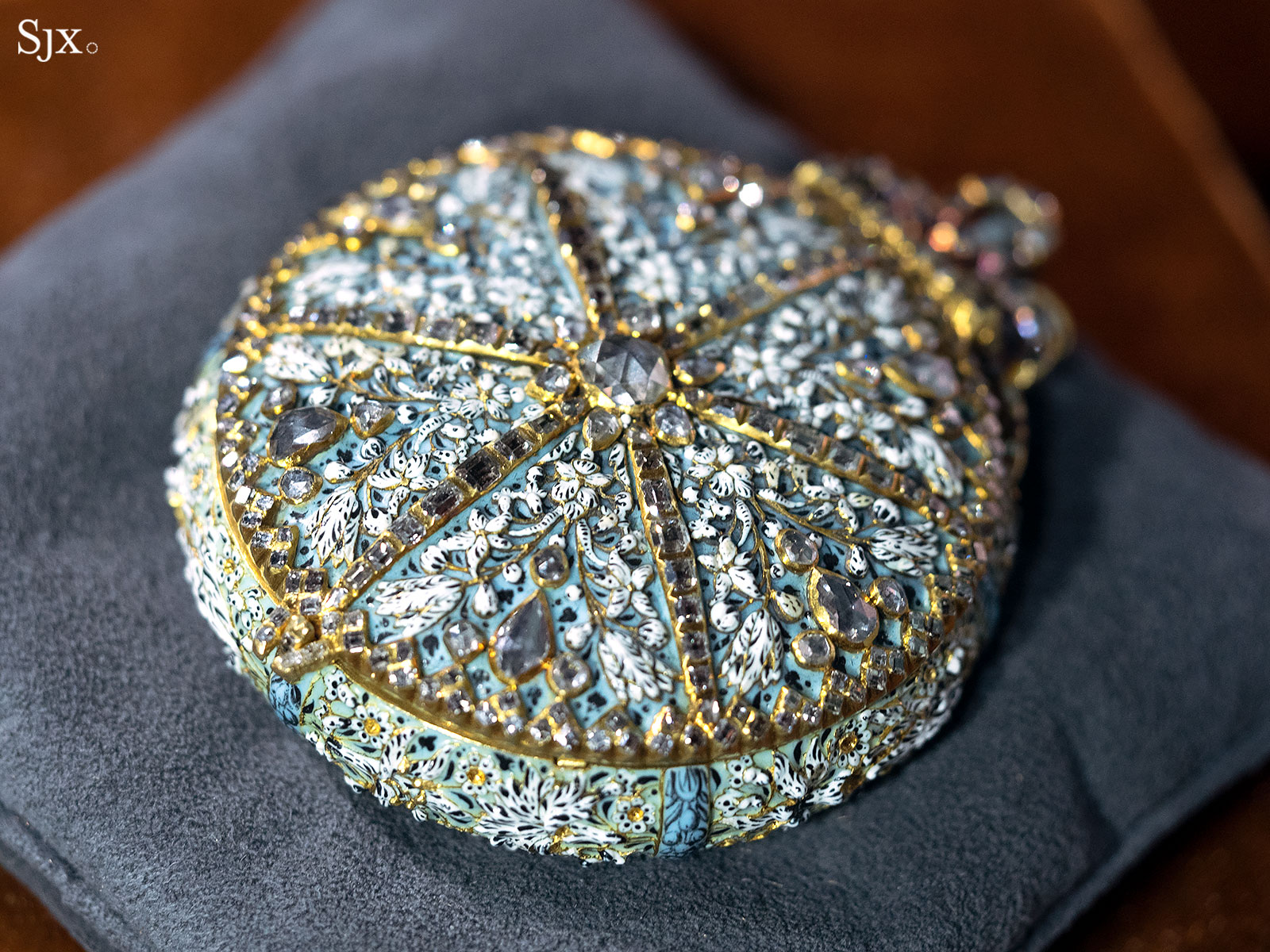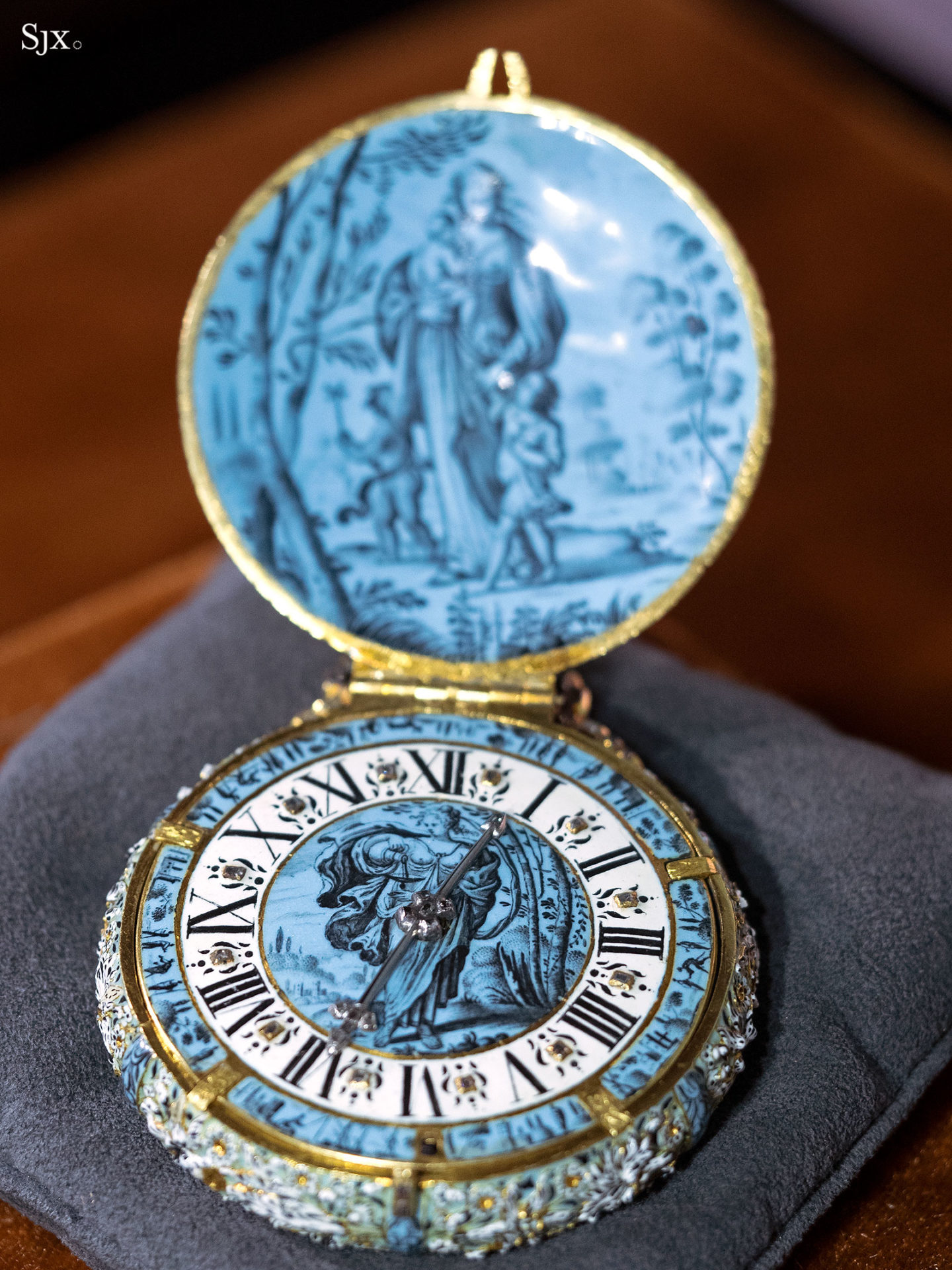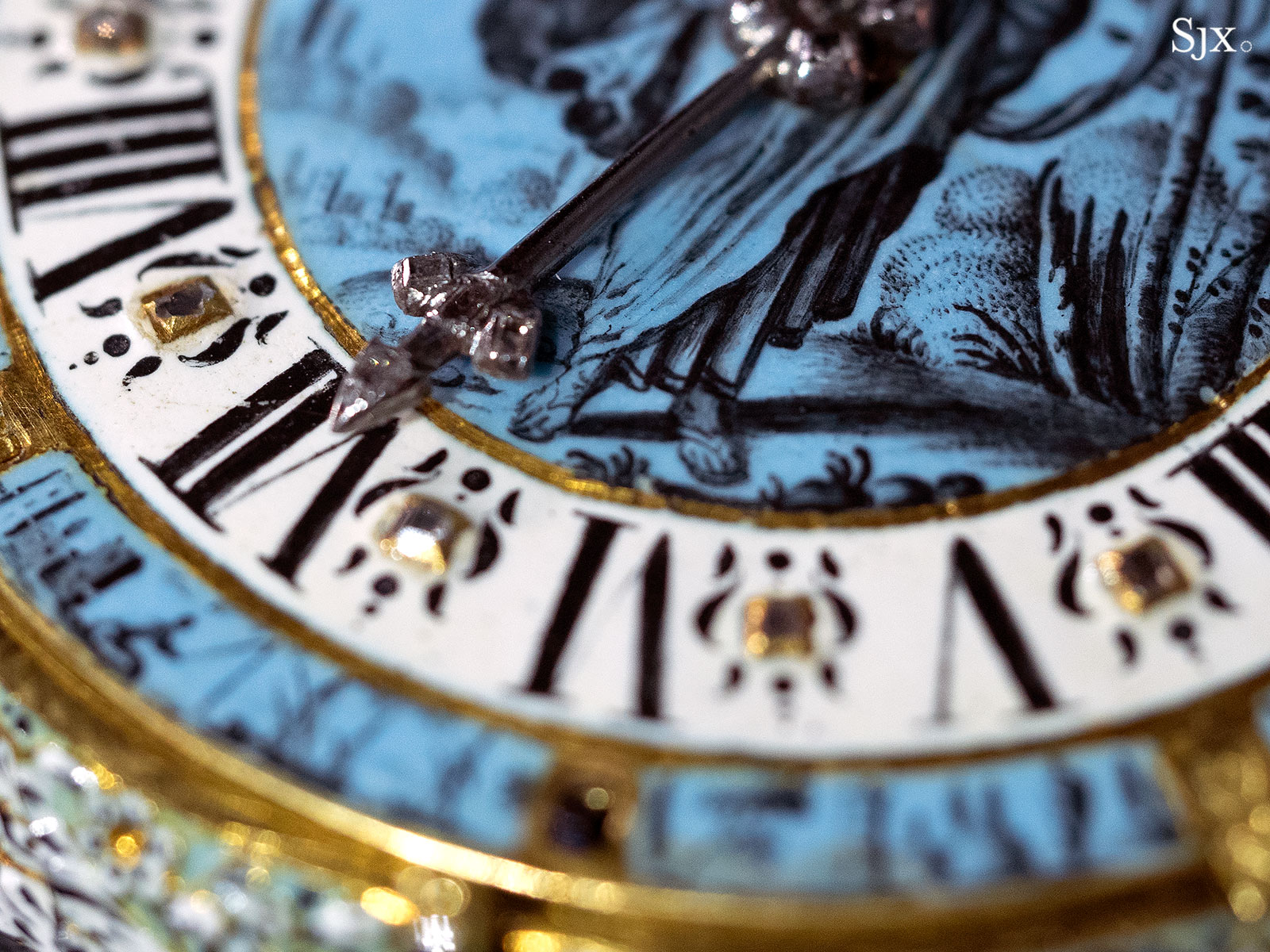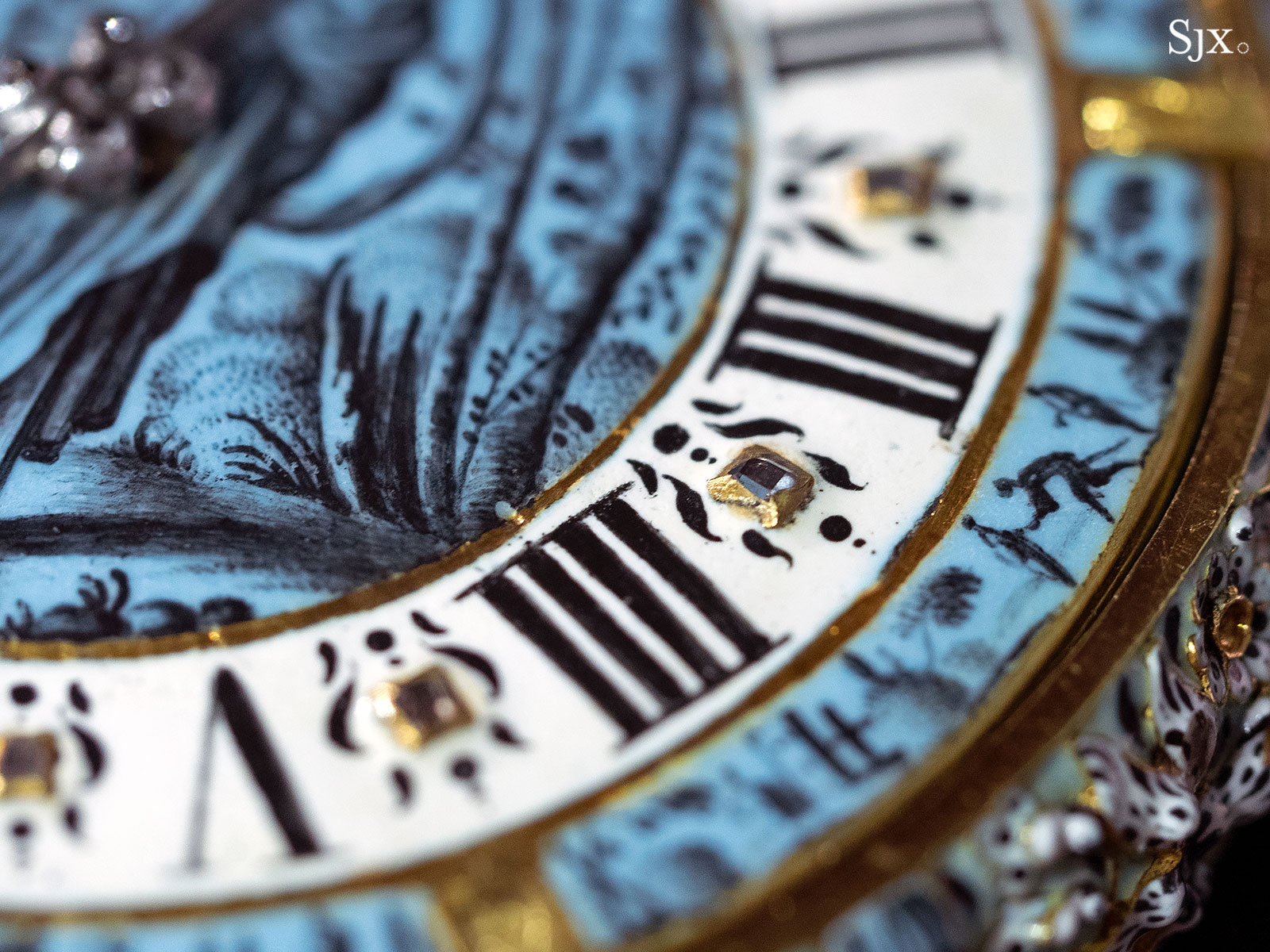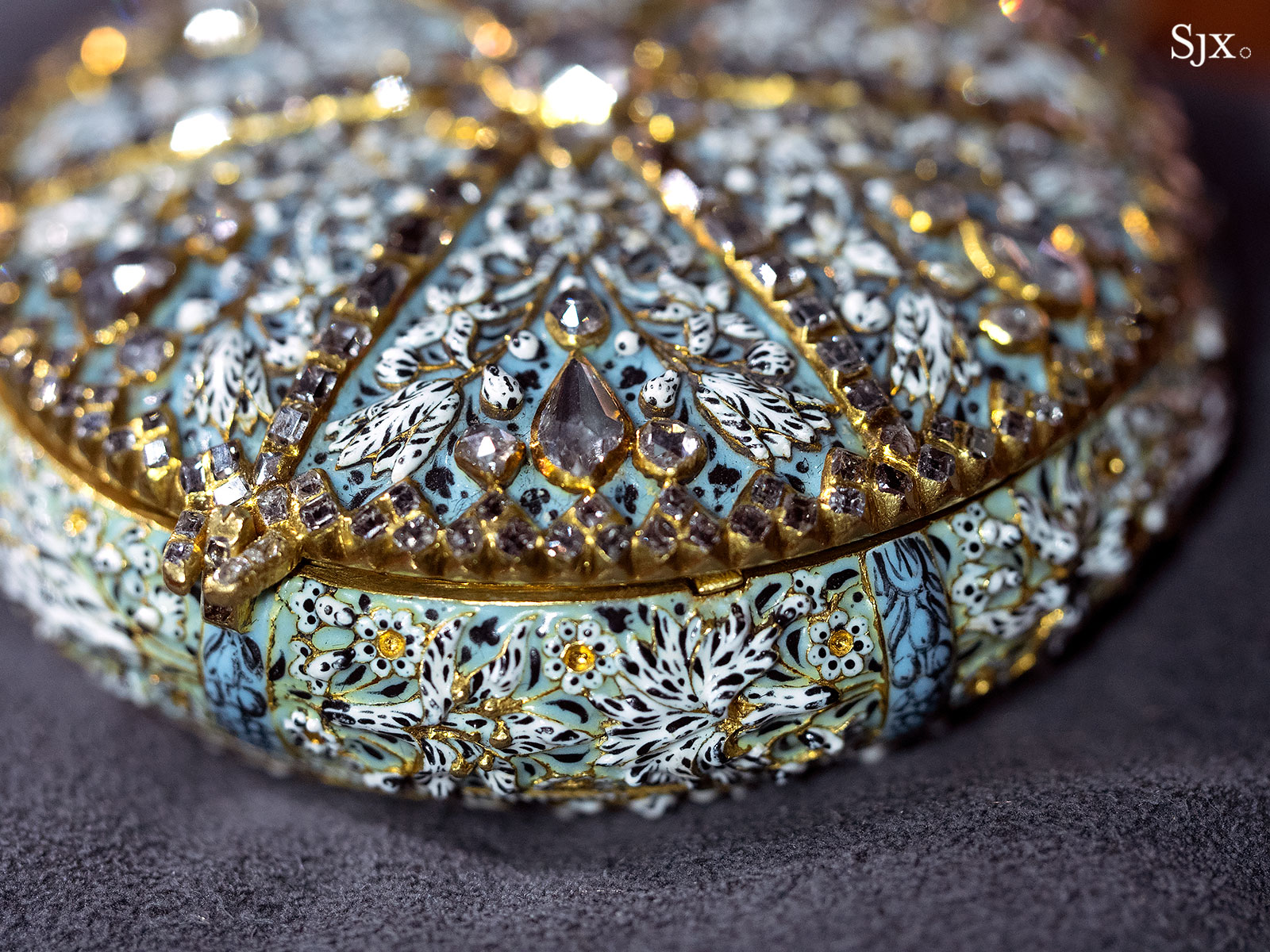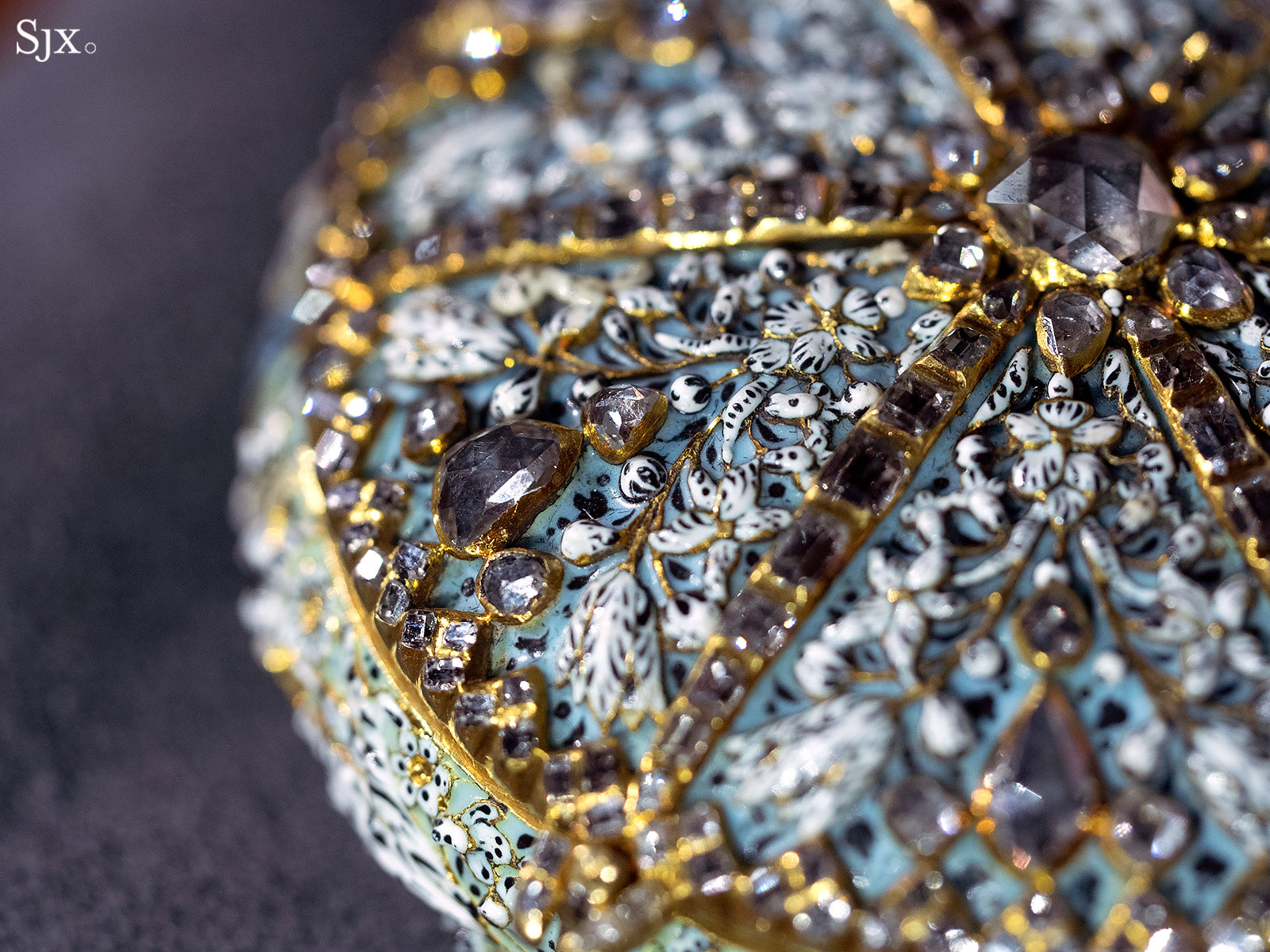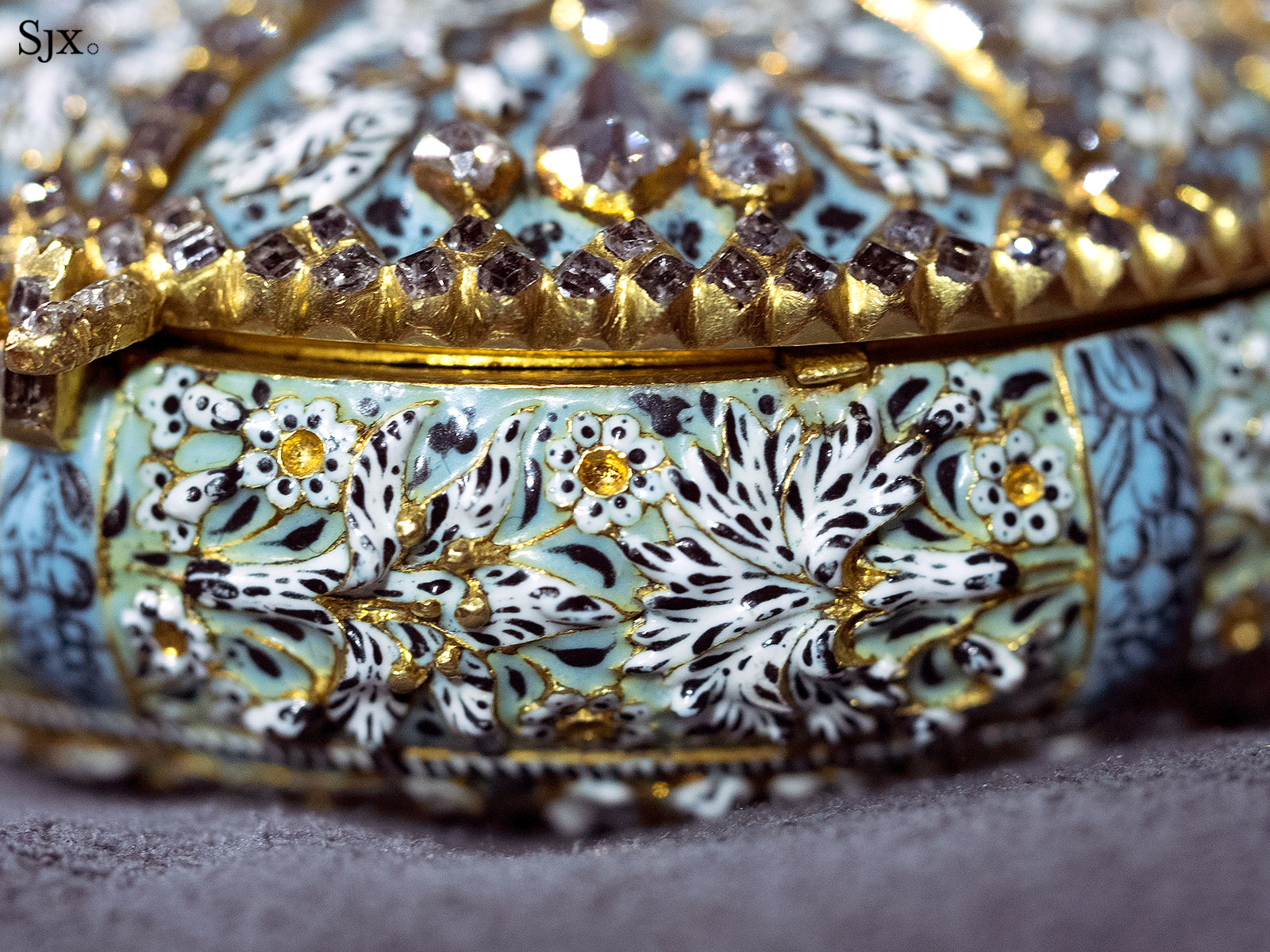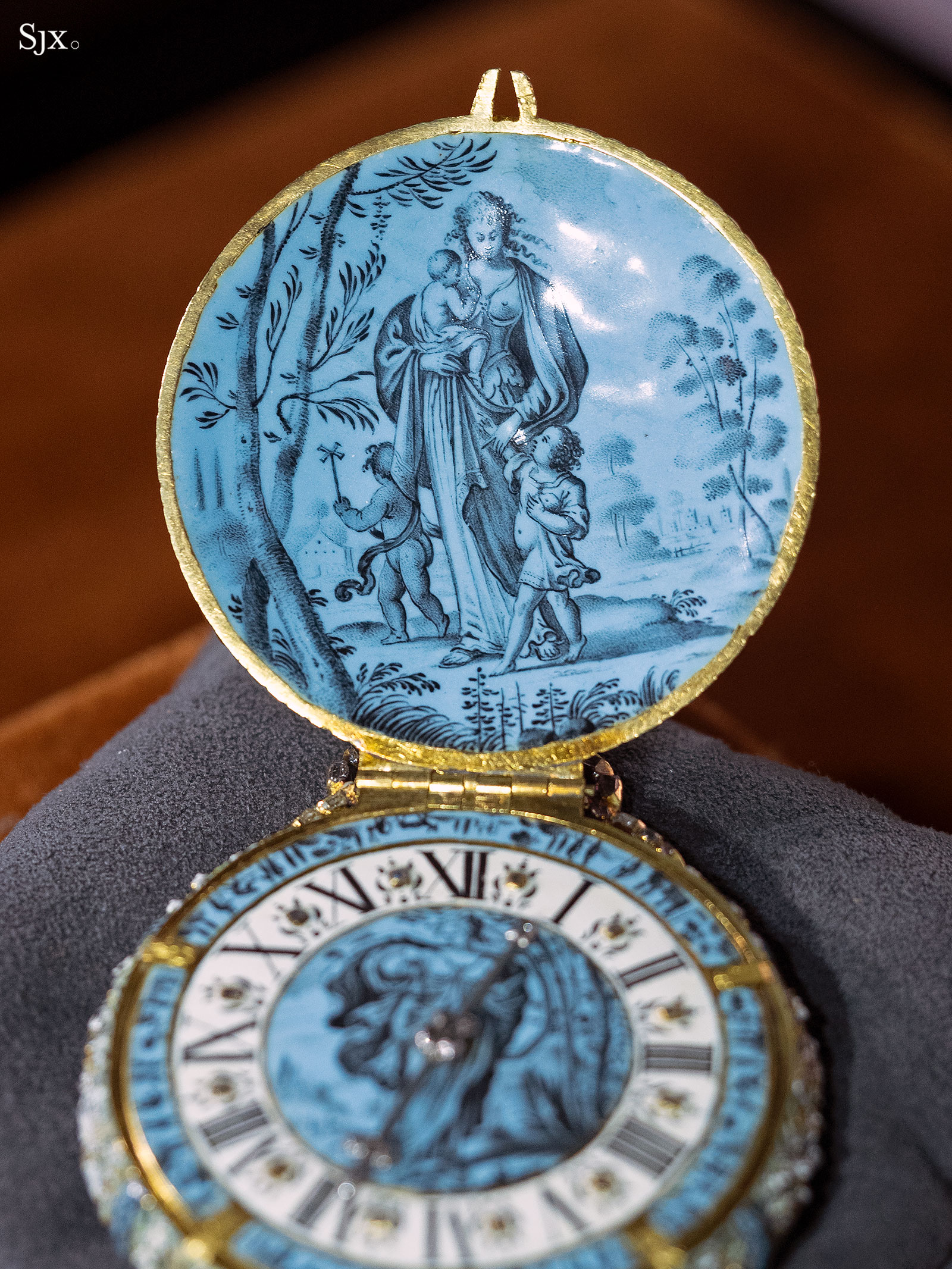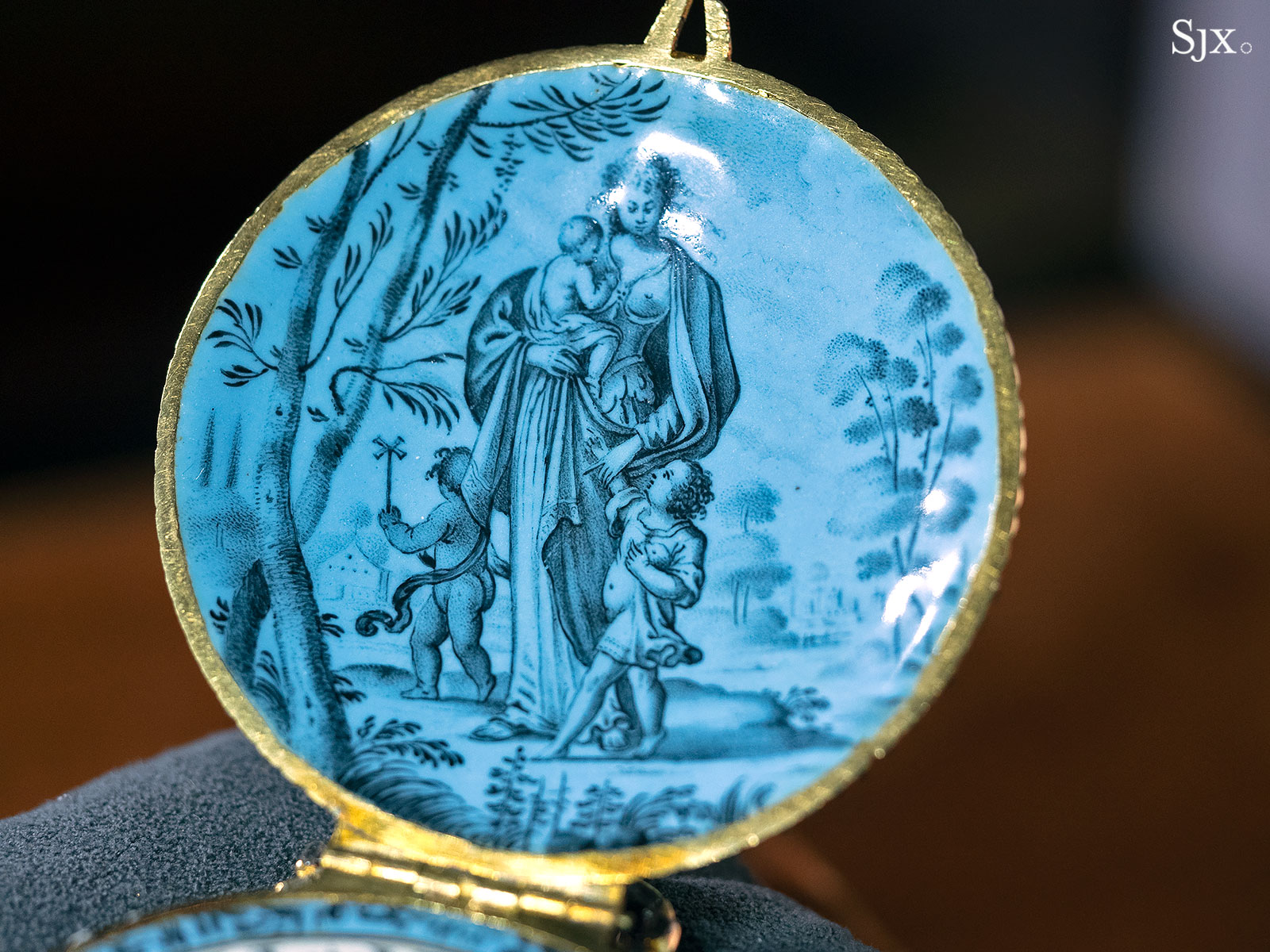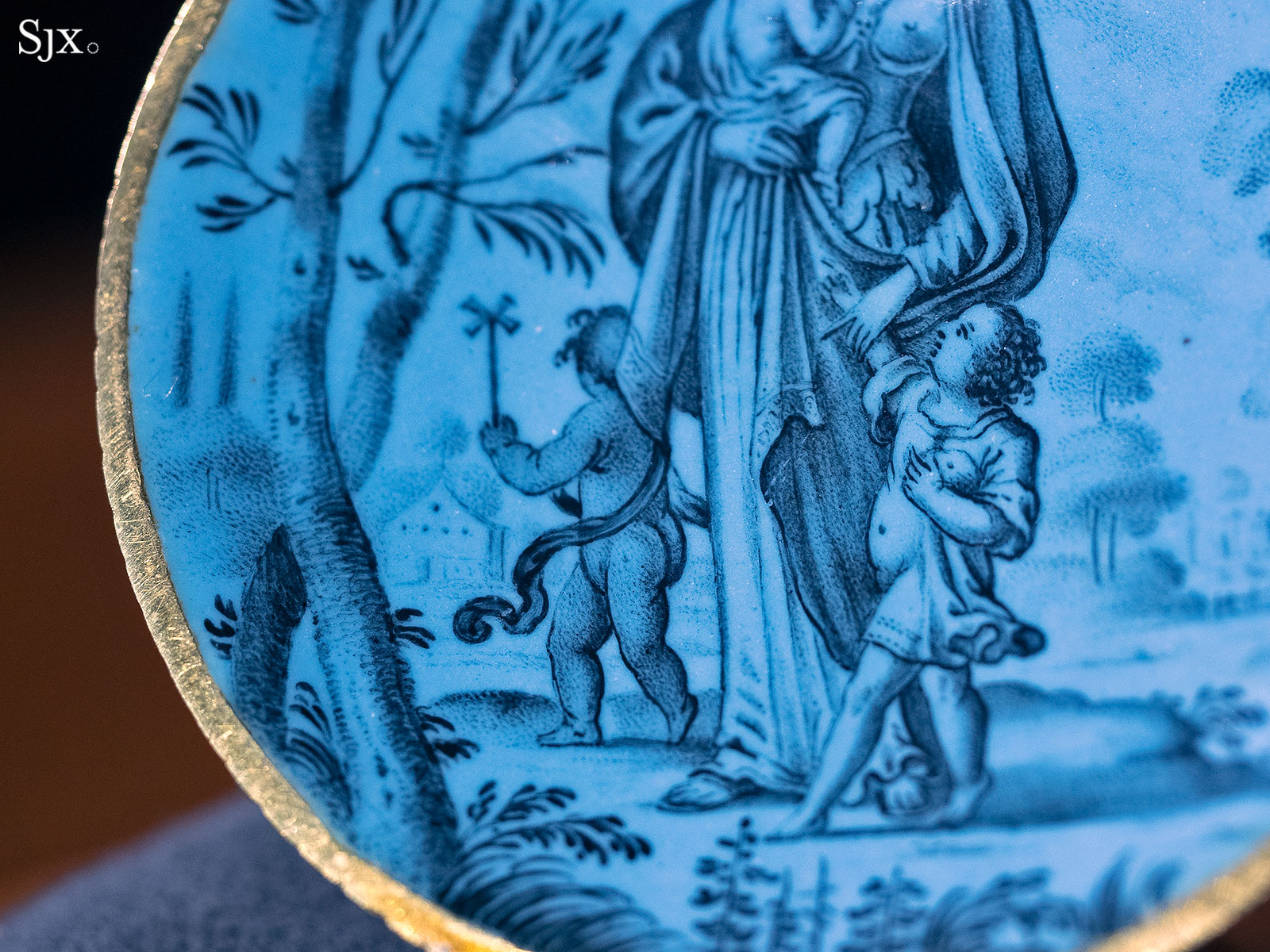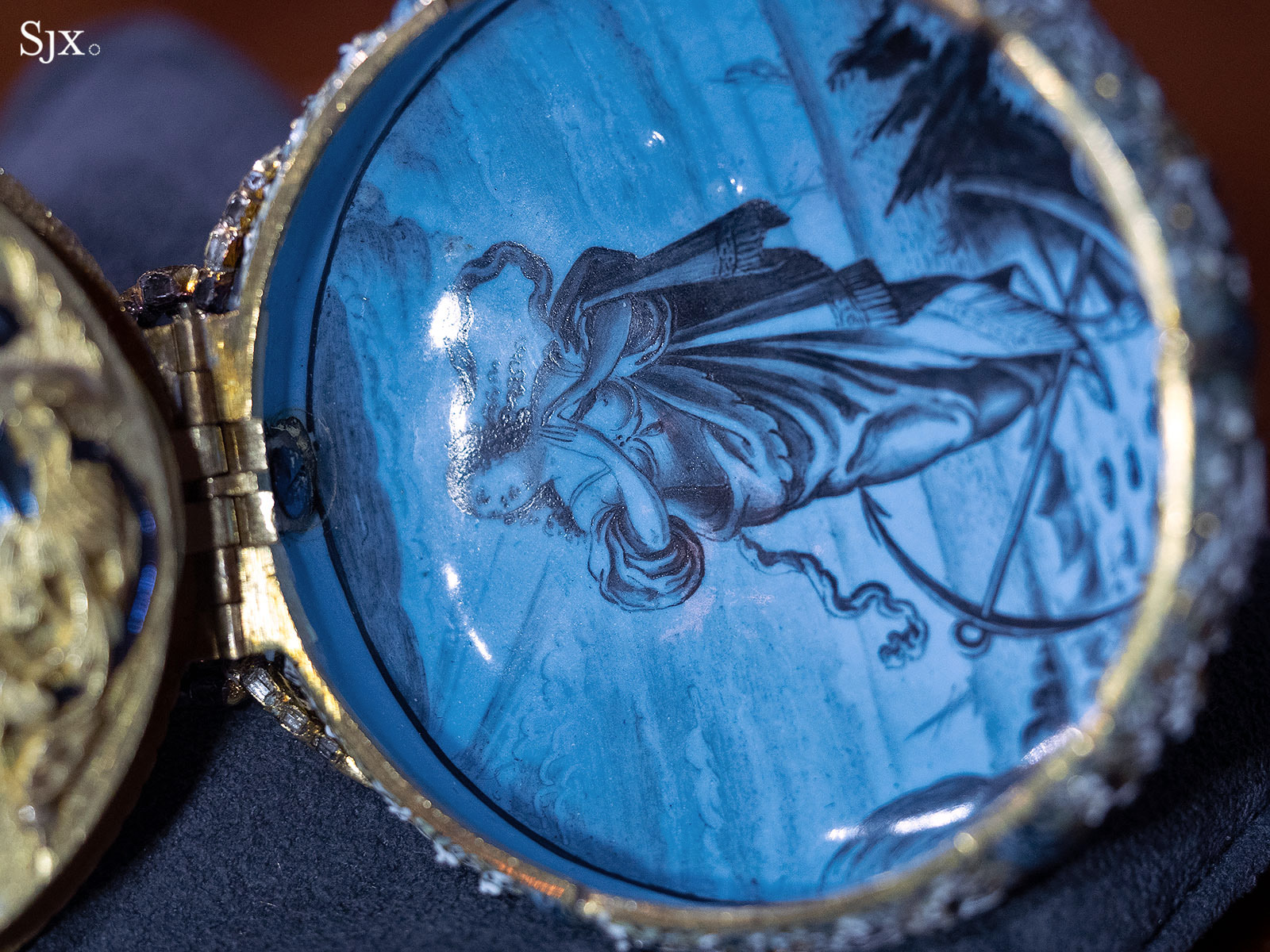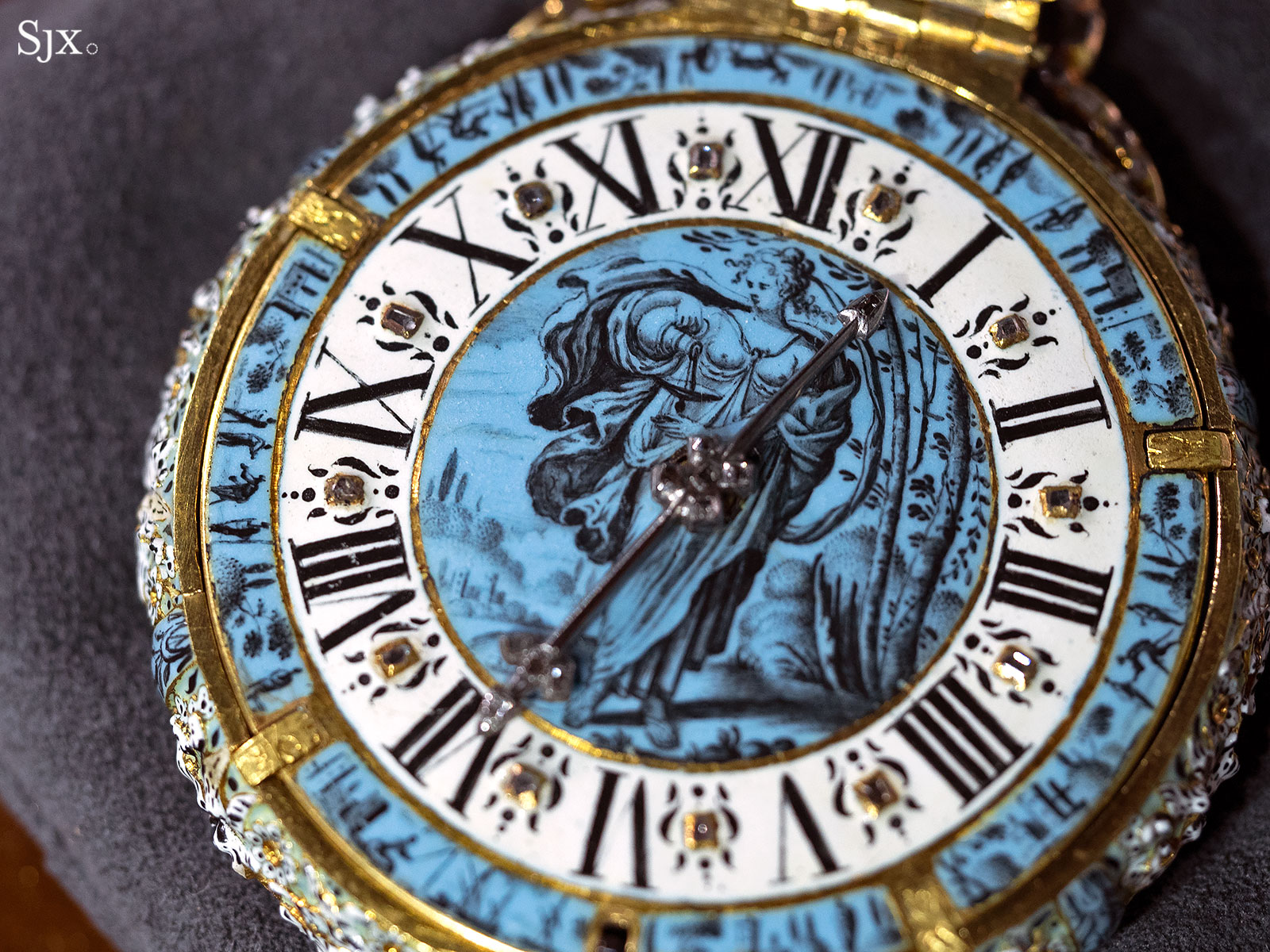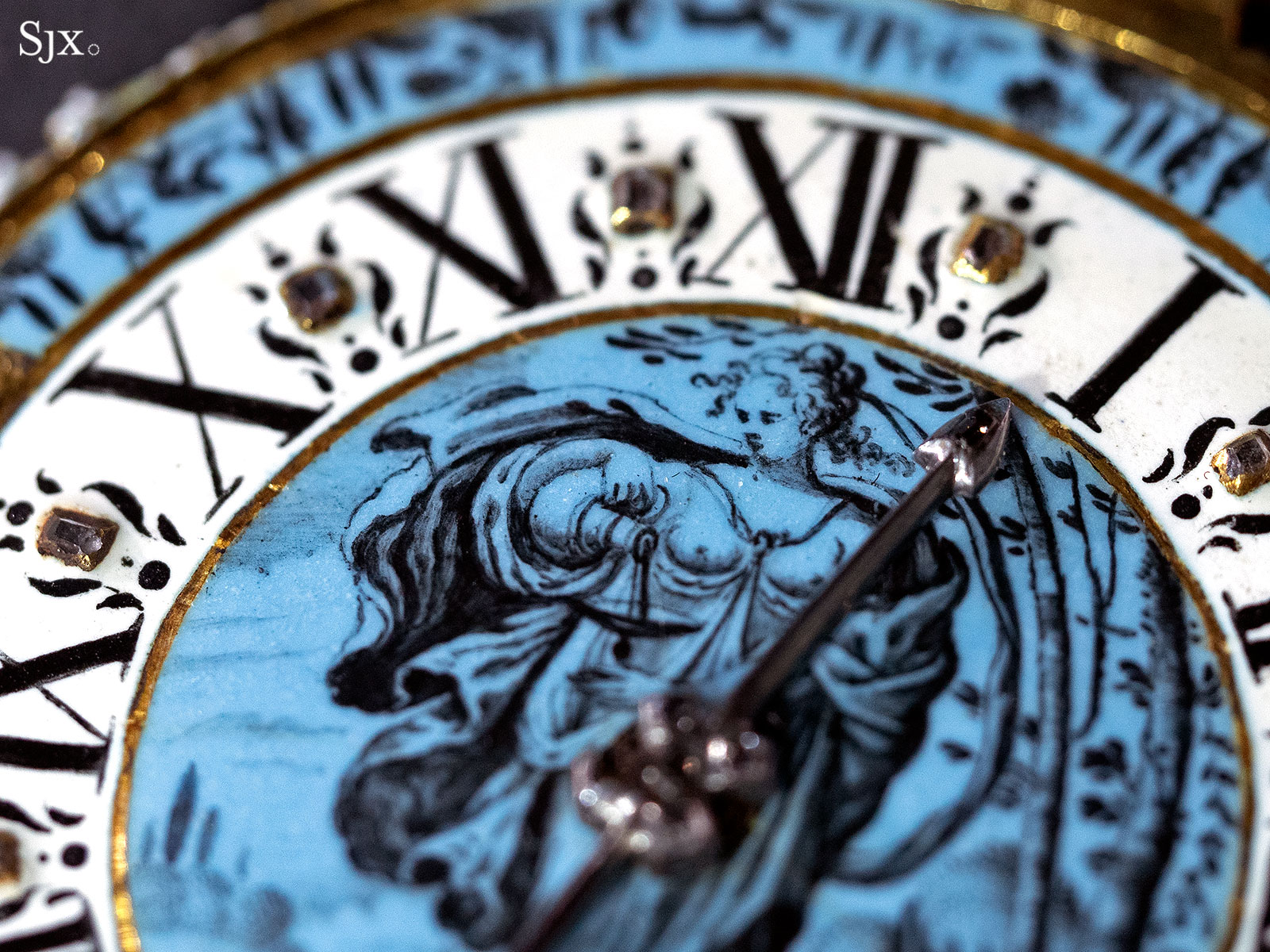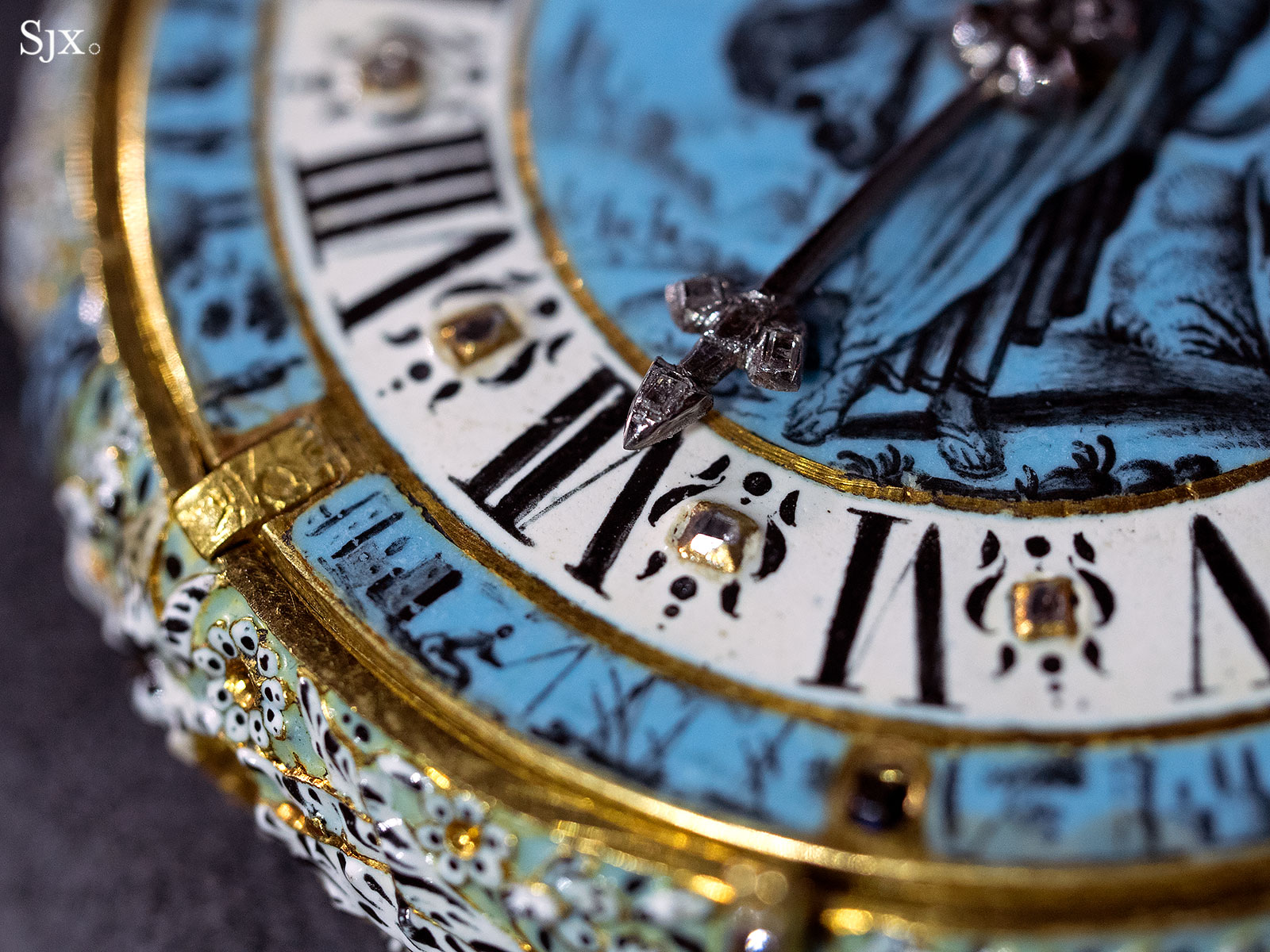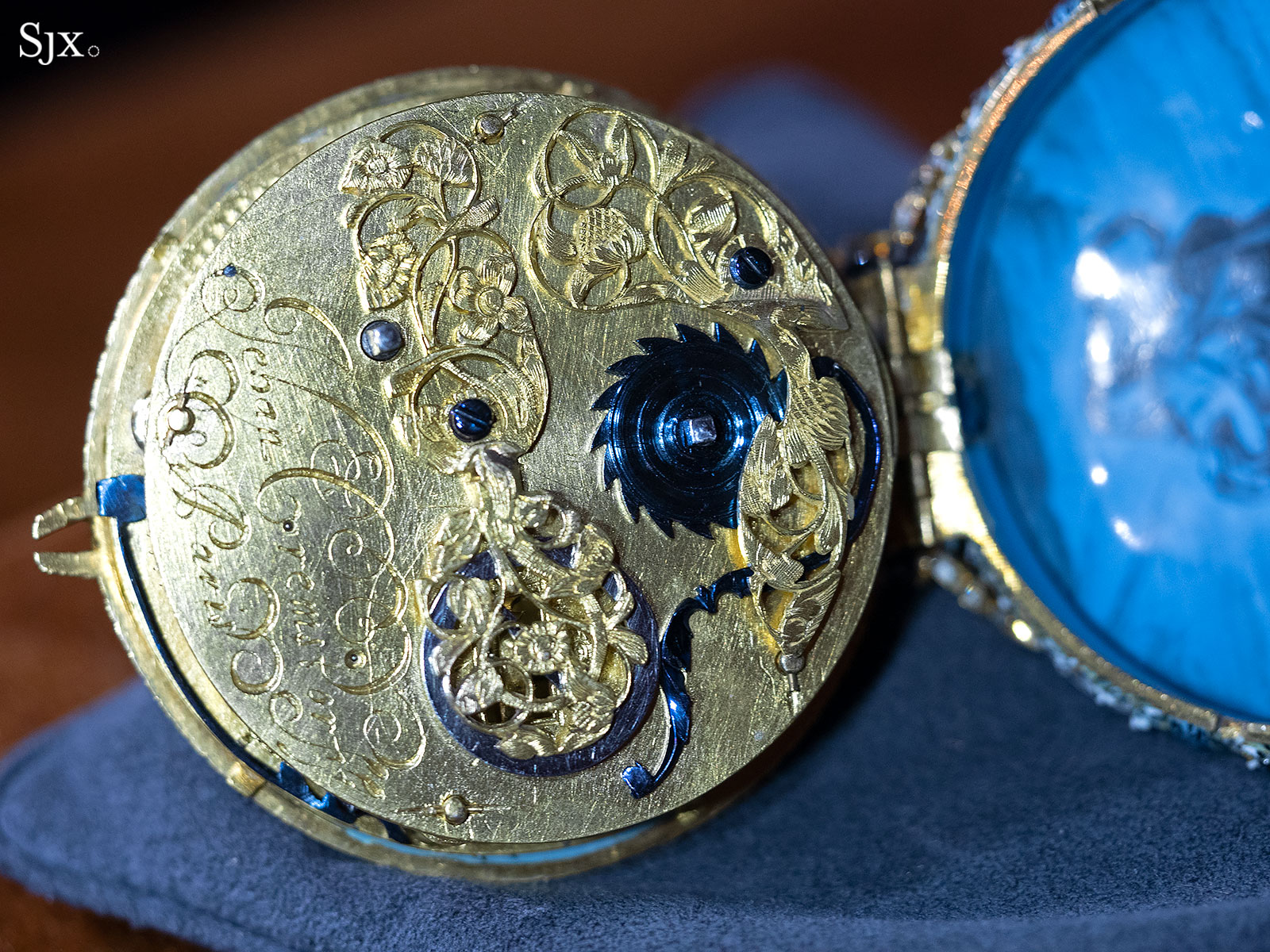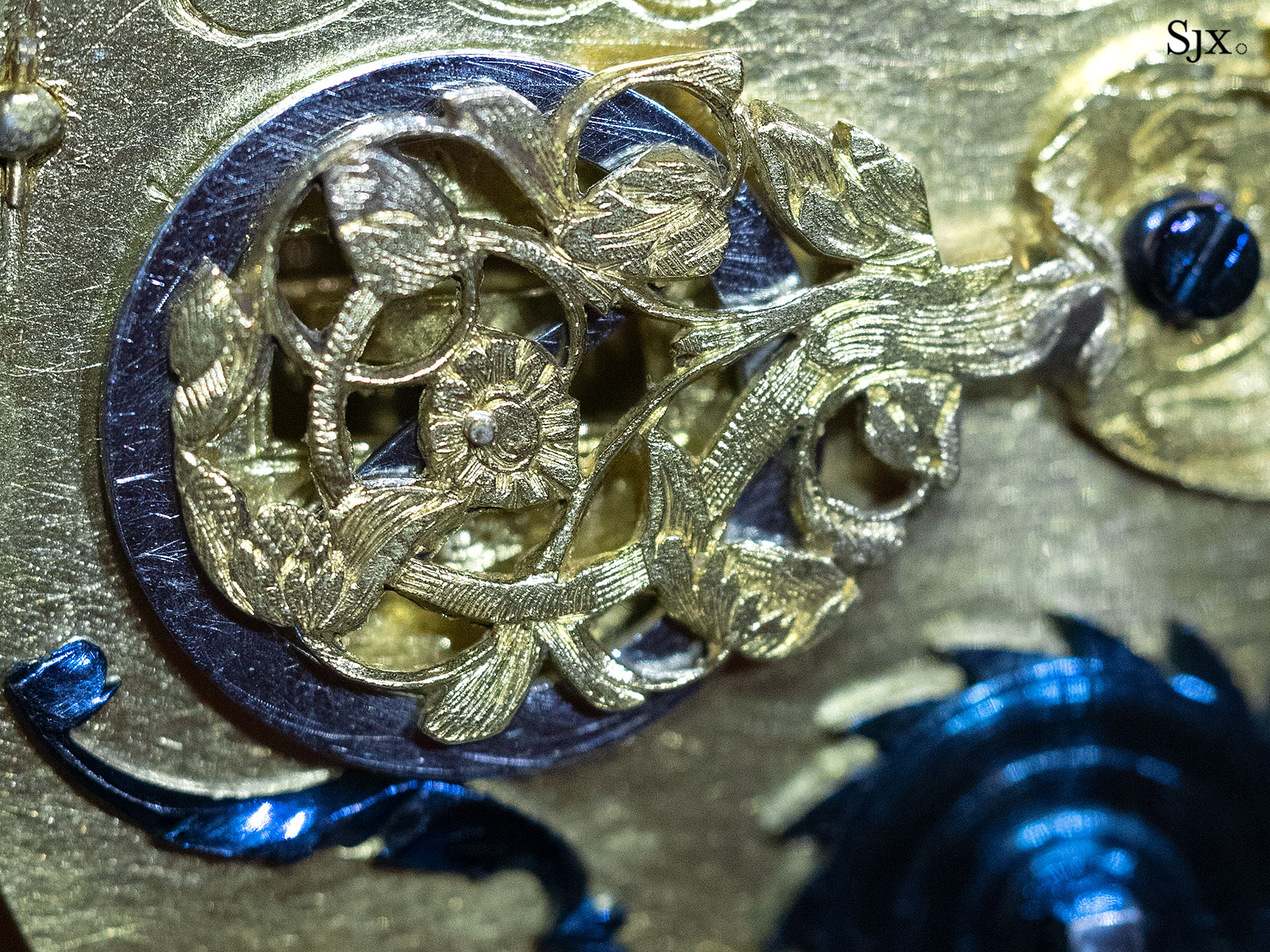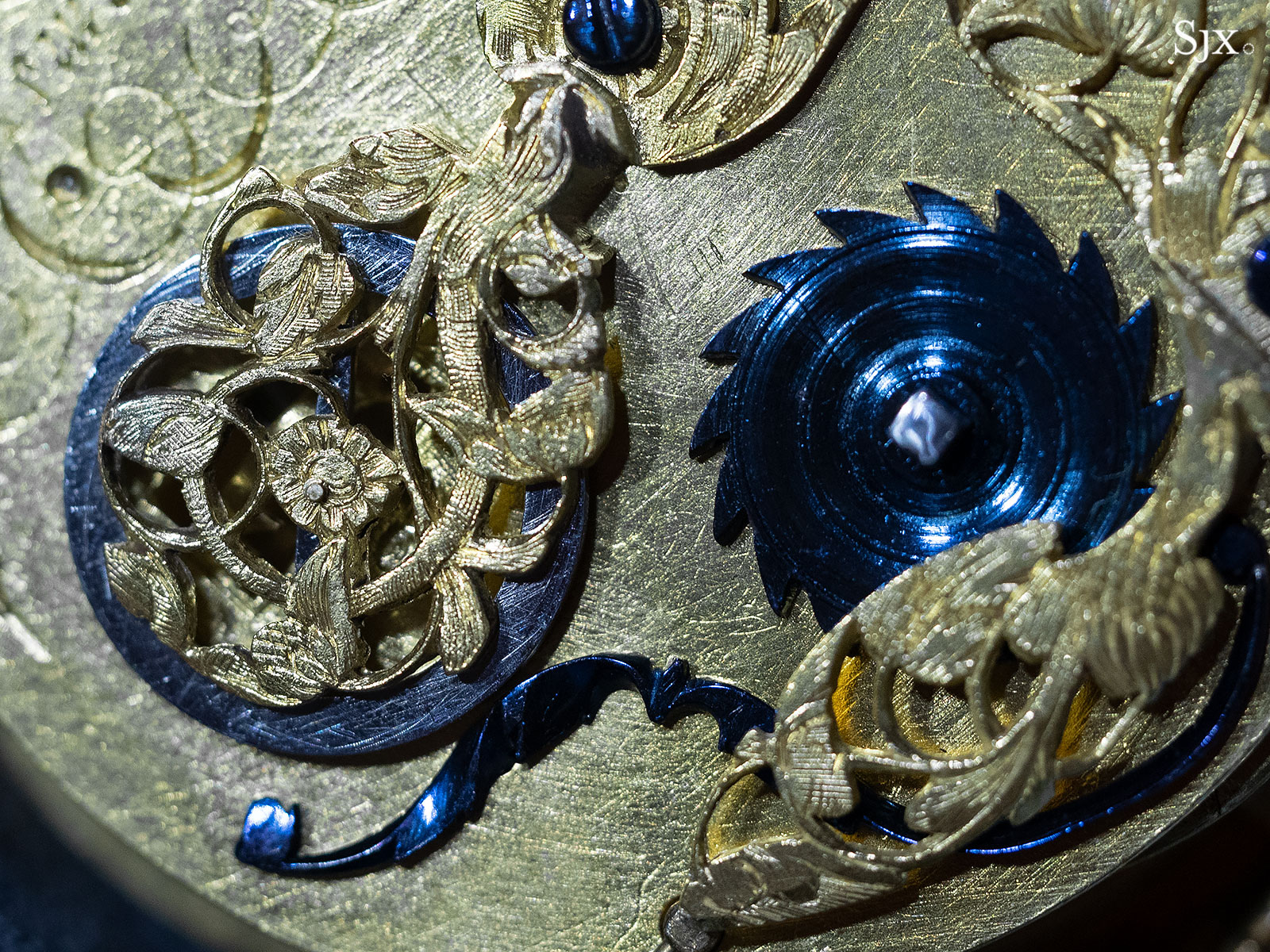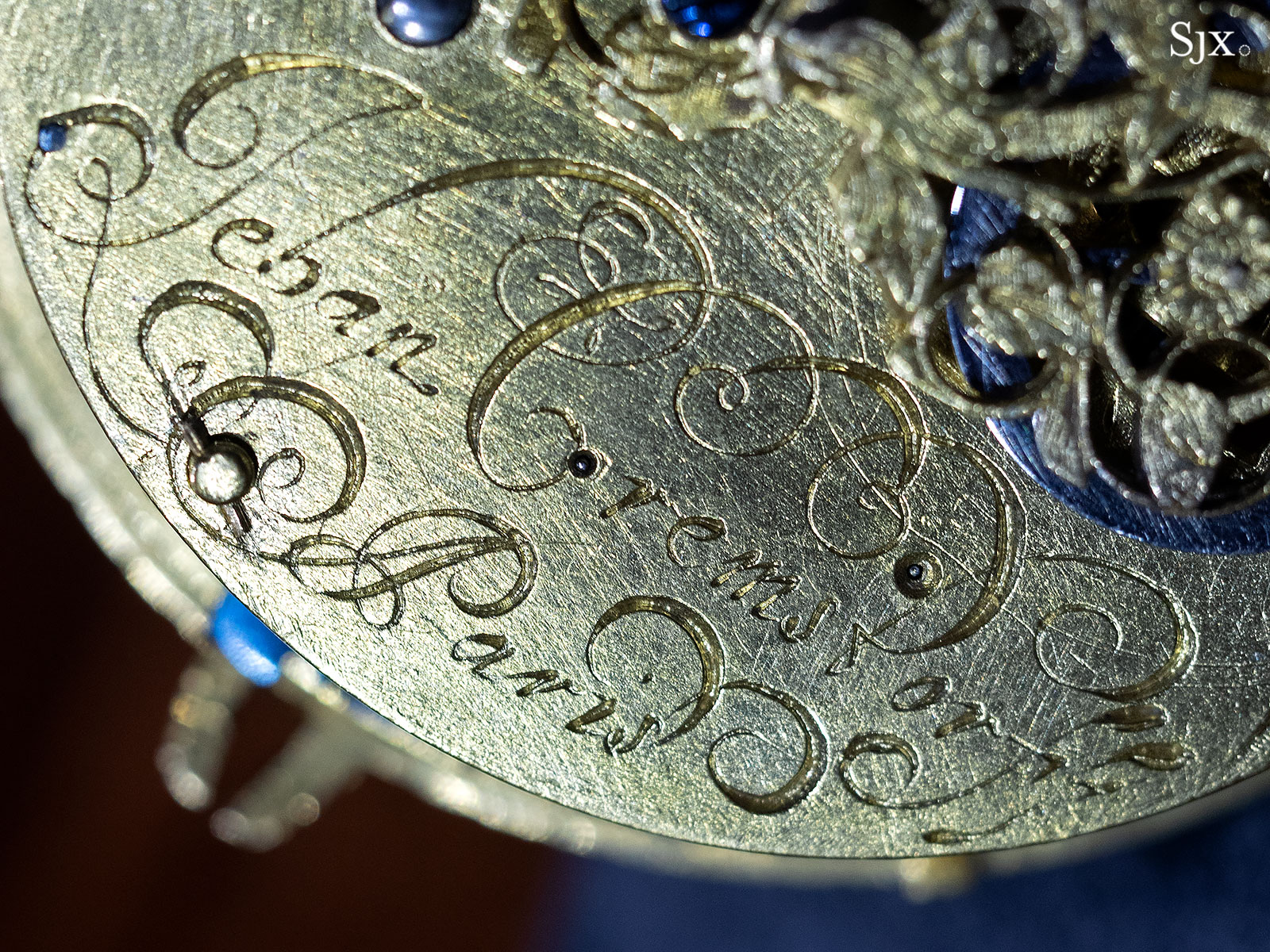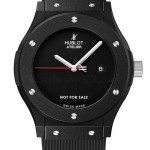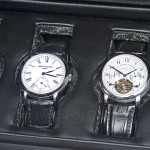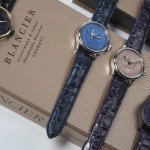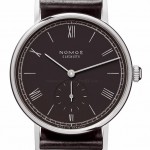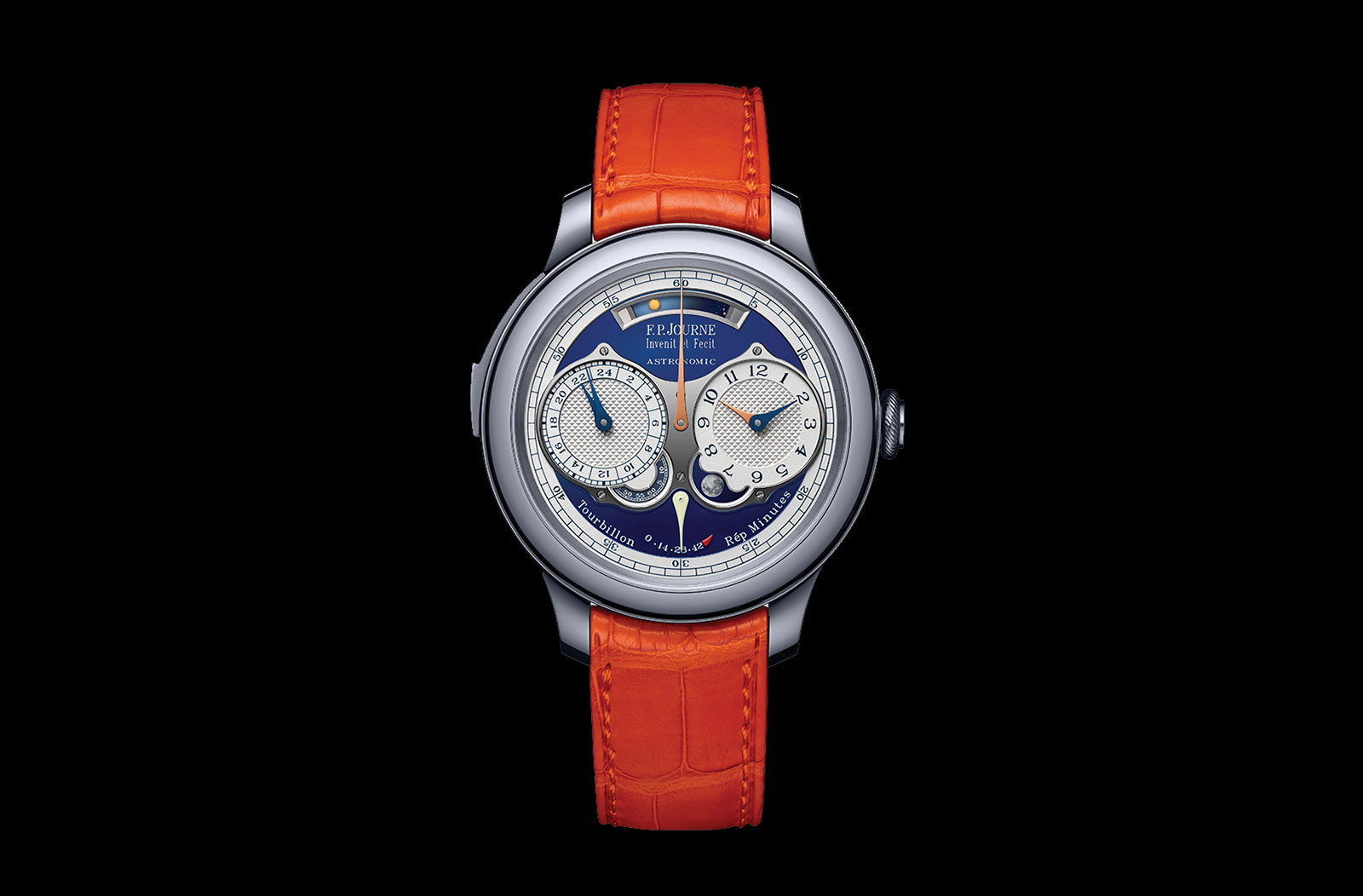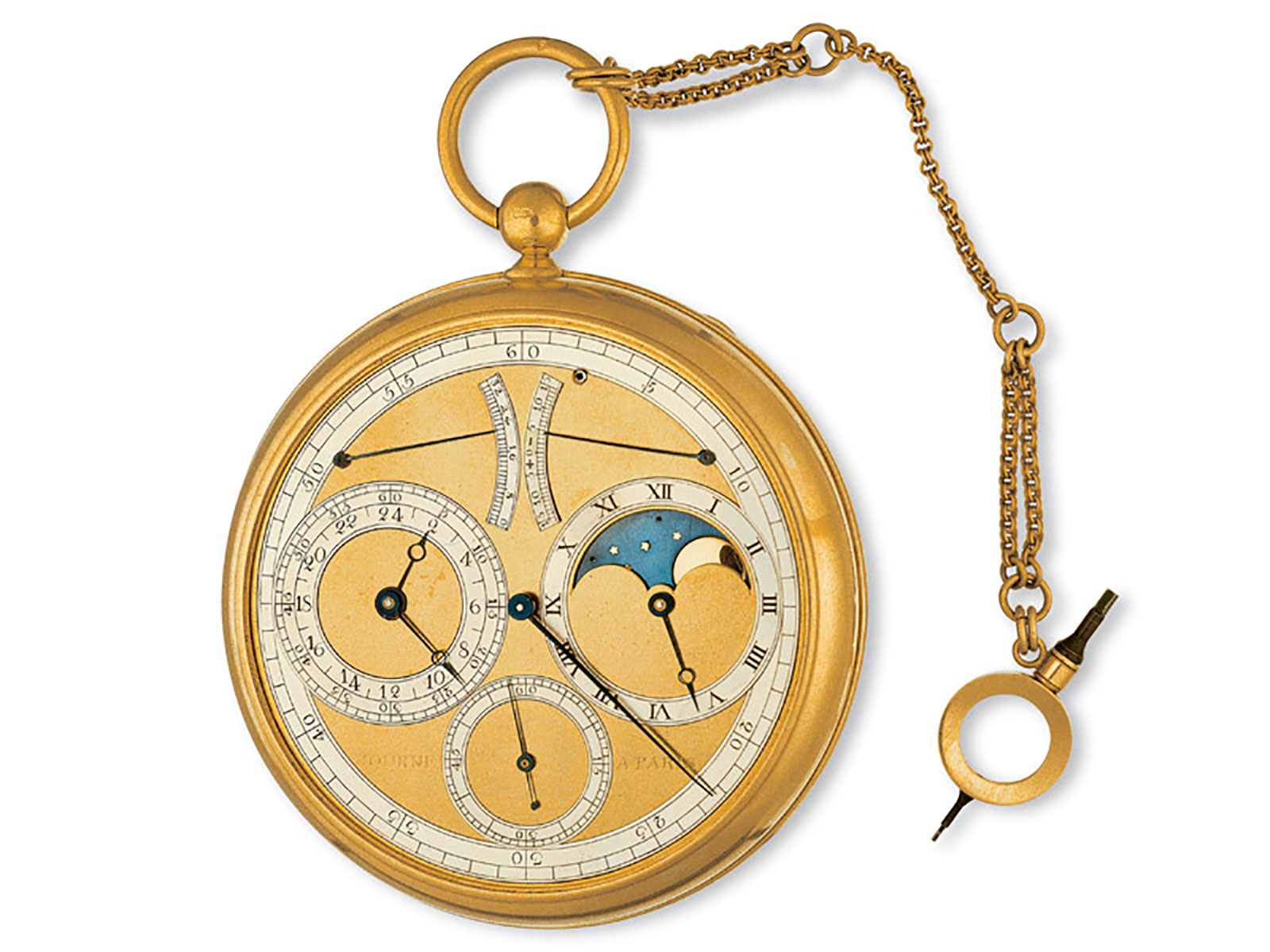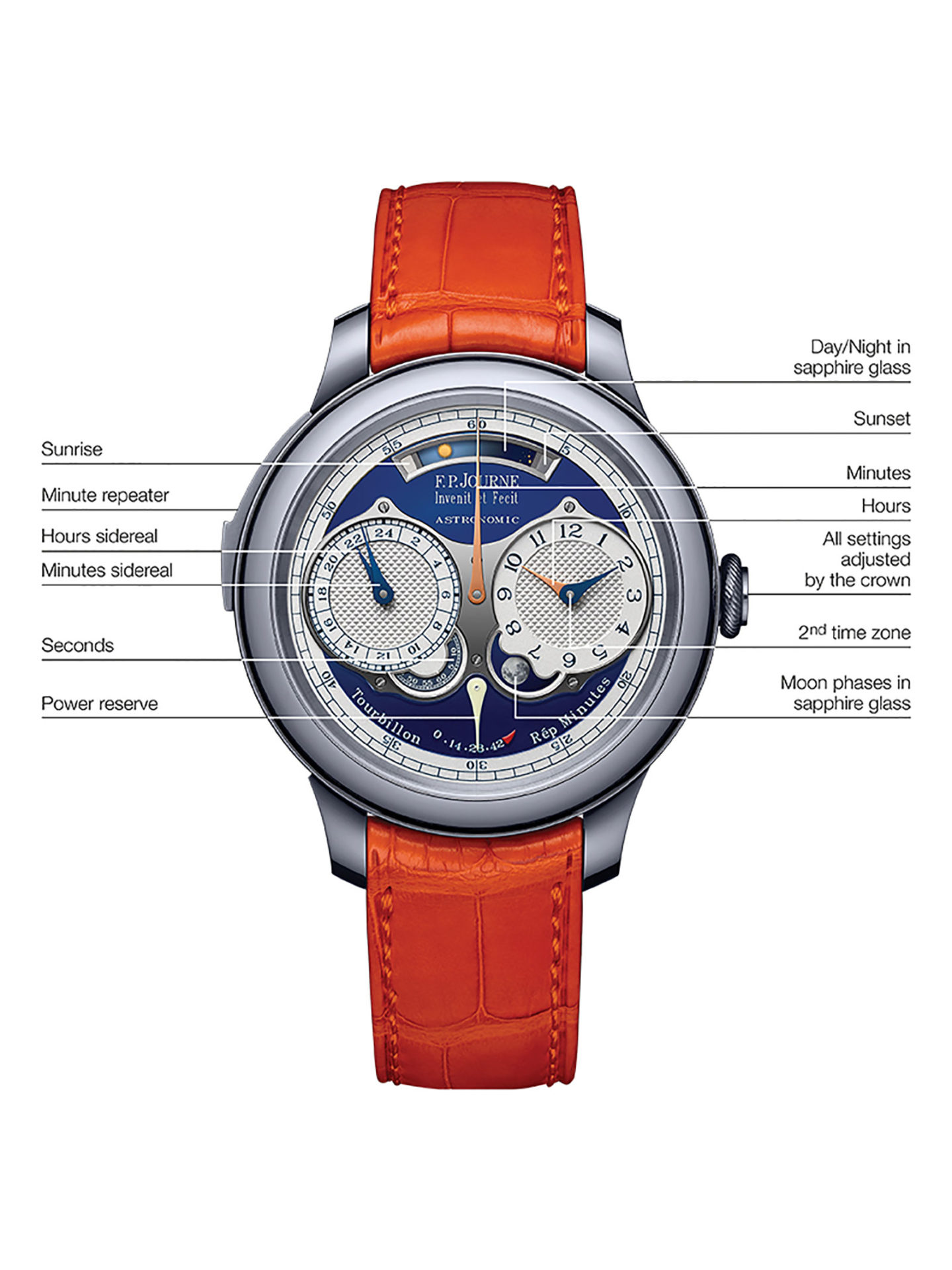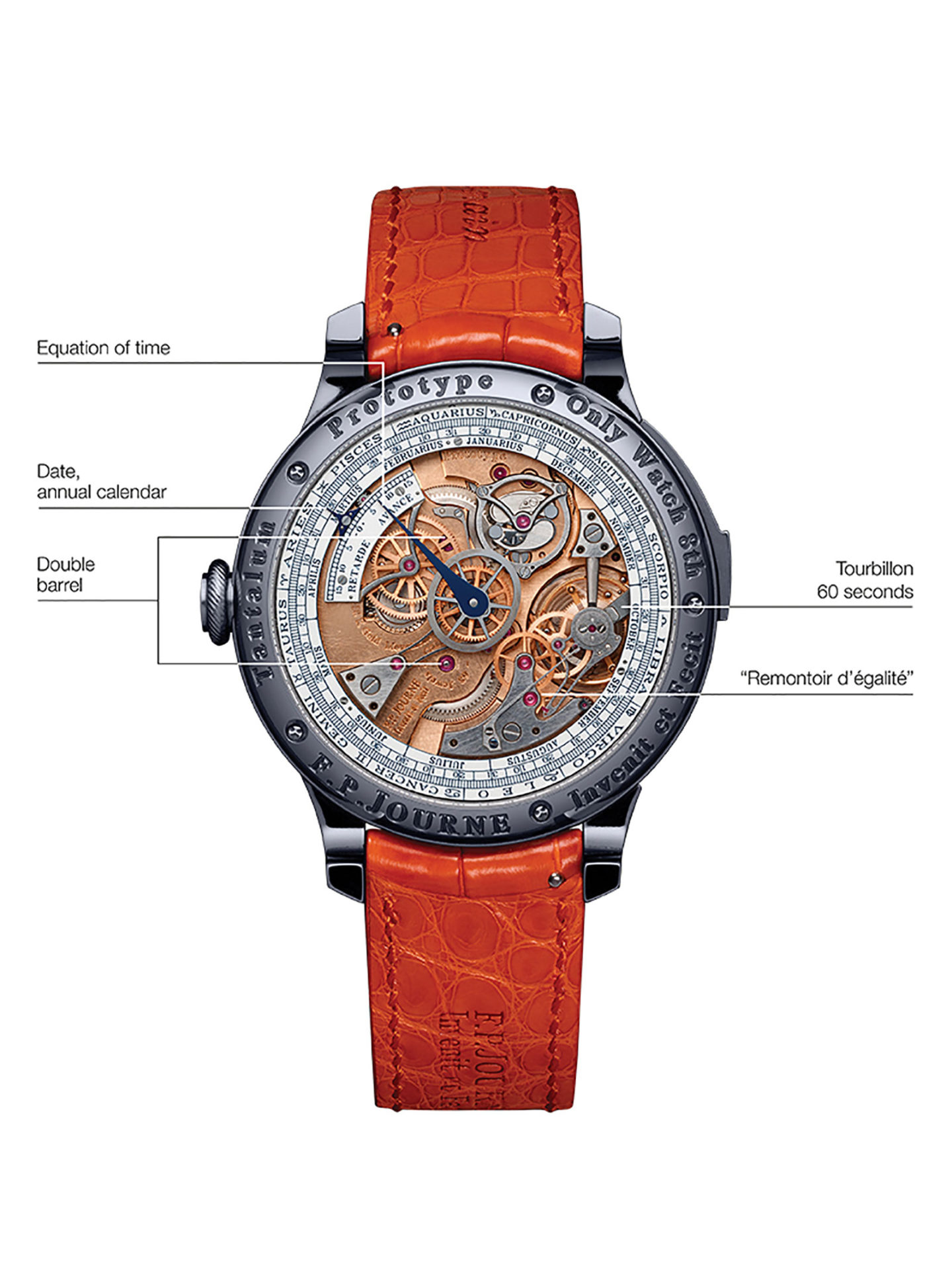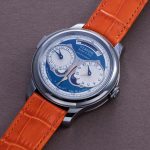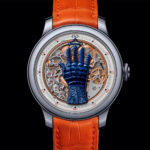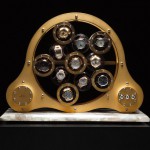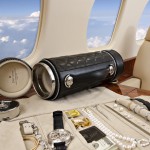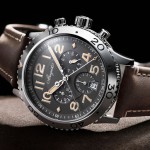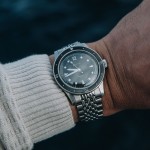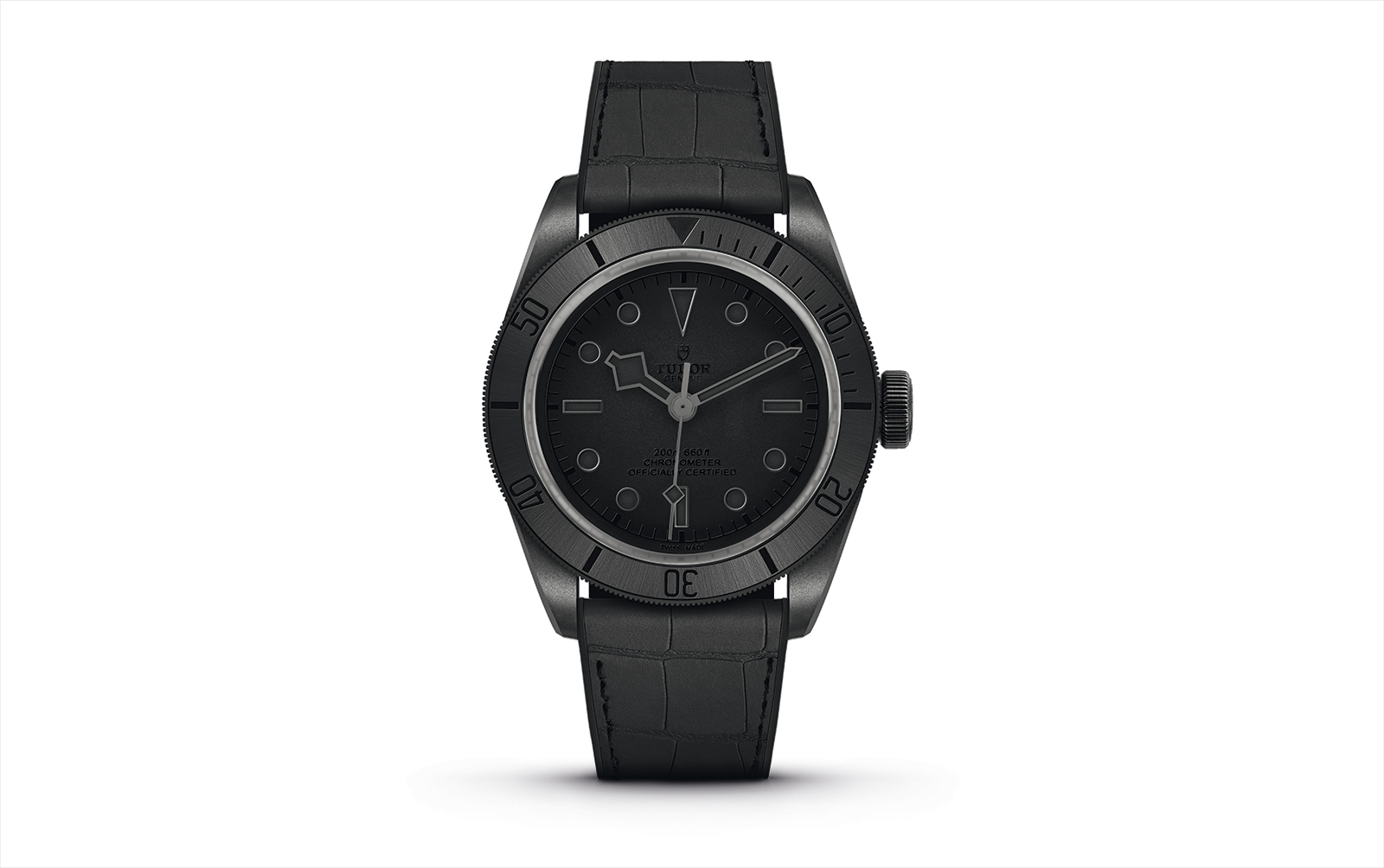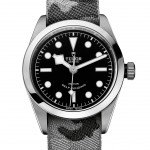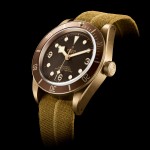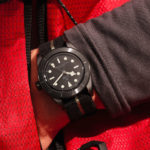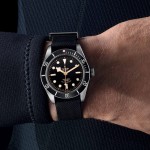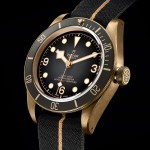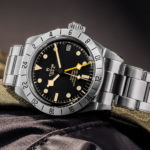Live from London: George Daniels Space Traveller I Sells for US$4.56m
A world record price.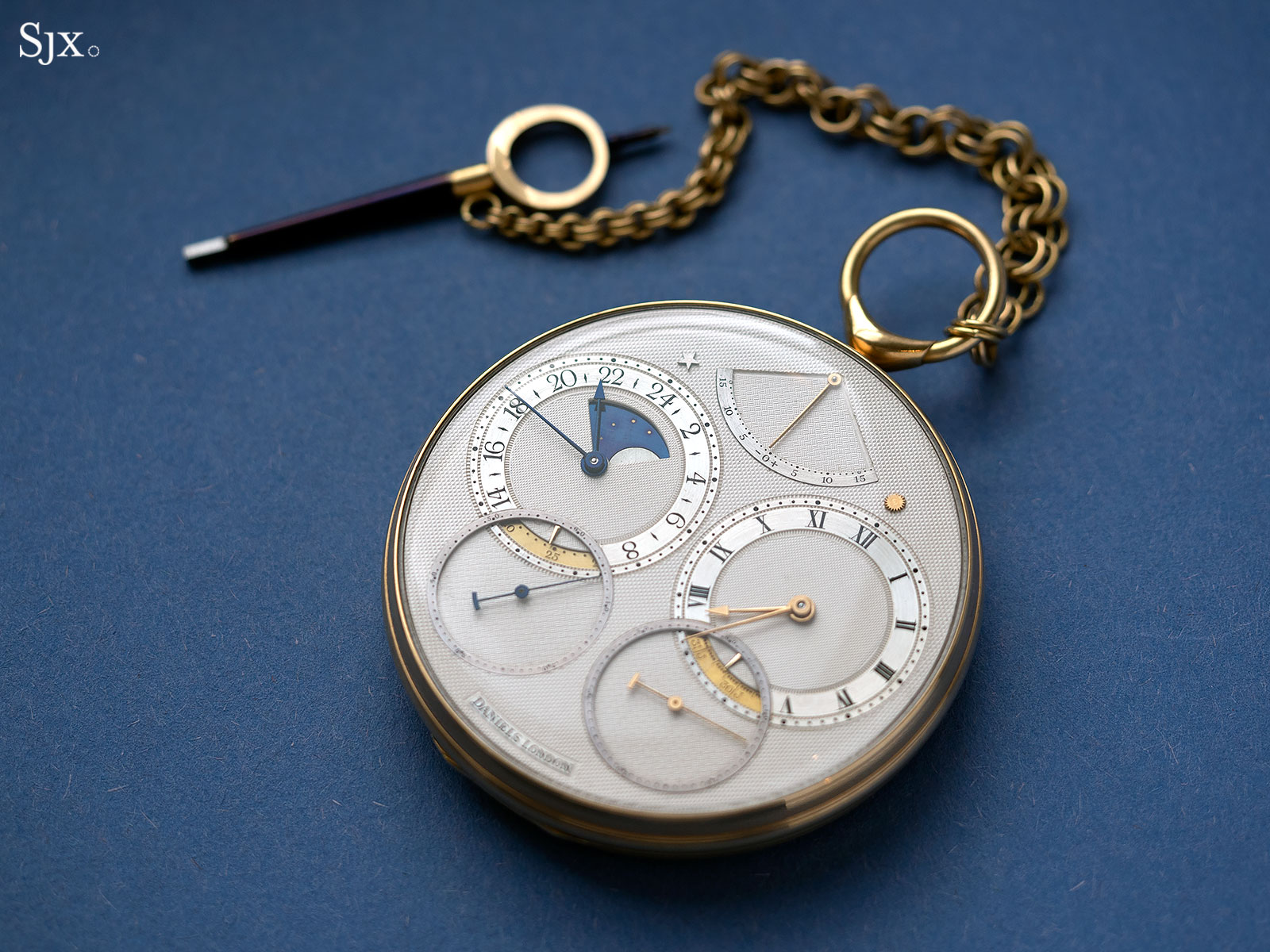
The George Daniels Space Traveller I, one of the most important watches of the 20th century, has just sold at Sotheby’s in London for £3.62m, or about US$4.56m, all fees included.
That makes the Space Traveller I the most expensive watch sold in 2019 so far – though it will doubtlessly be eclipsed by the Patek Philippe Grandmaster Chime in steel for Only Watch – and the most expensive watch ever by an independent watchmaker.
A big boost to Sotheby’s market share in watch auctions, the record-setting Daniels was the final lot in the first auction of Masterworks of Time, the sale of a collection of over 800 pocket watches owned by Erivan Haub, the late German supermarket tycoon.
The last time the Space Traveller was sold was in 1988, where Haub paid 220,000 Swiss francs for it at Sotheby’s in Geneva. Prior to that, the watch was been sold by London antique watch dealer Bobinet in 1982 to a collector by the name of Jay Lennon. In almost forty years, the Space Traveller has had only three owners.
The auction
Having concluded just over an hour ago, the auction took place on a pleasant summer’s day in London, but it was slow going in the half-filled room. The average age of the attendees was notedly higher than that for a wristwatch auction, reflecting the niche nature of pocket watch collecting.
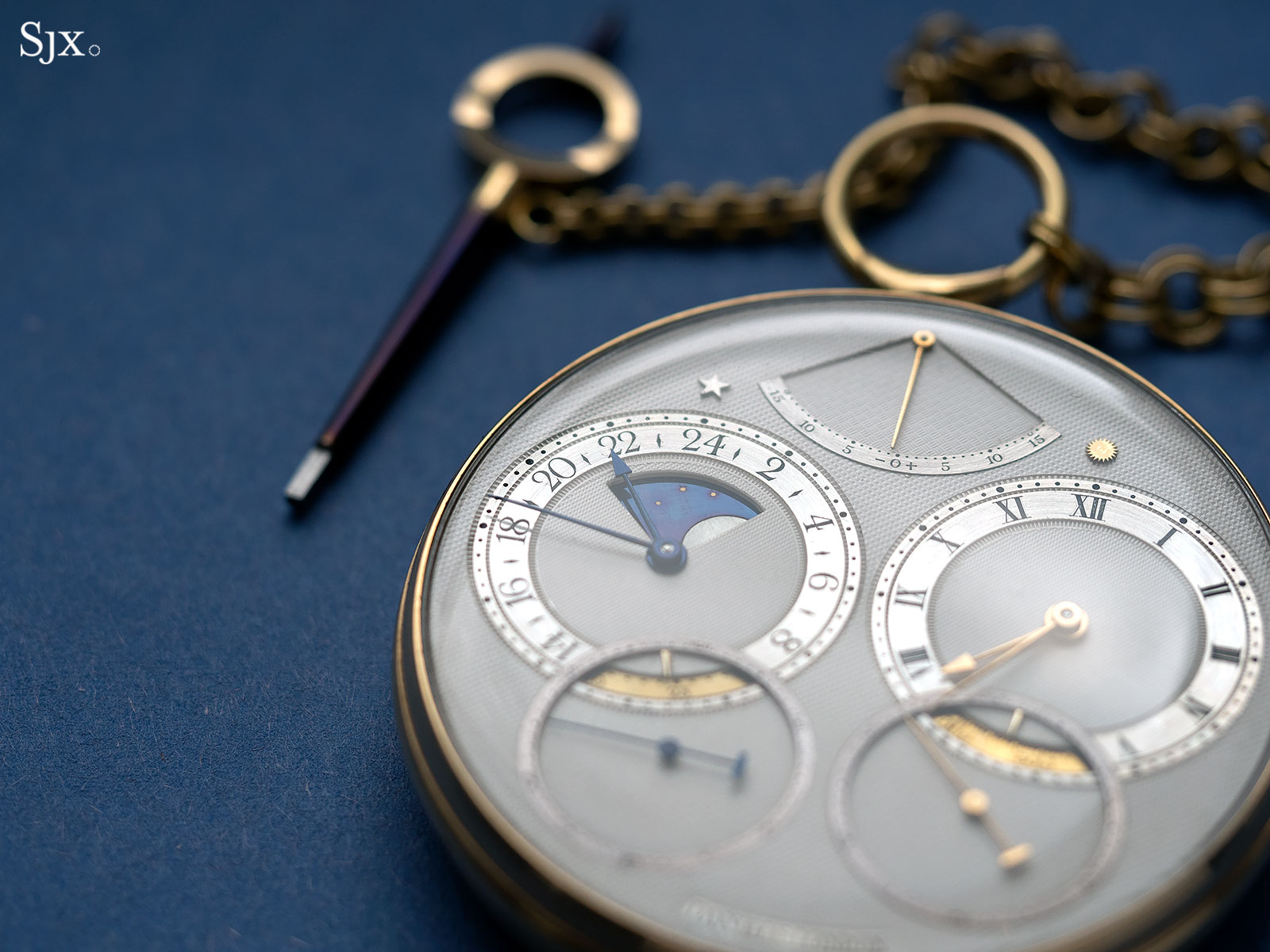
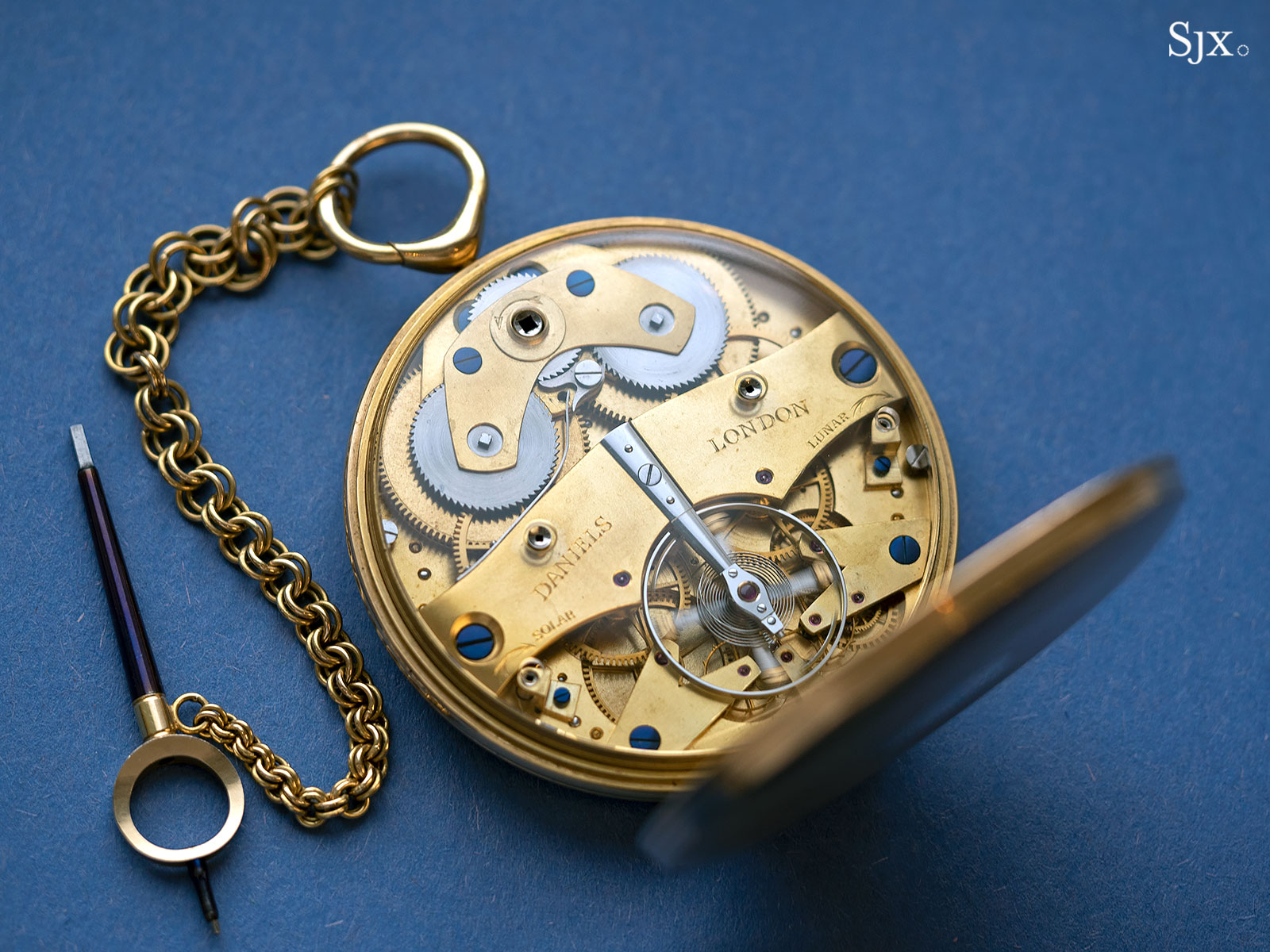
But a crowd started to form as soon as it came to the Space Traveller, and the atmosphere perked up. Bidding started out as a tussle between an absentee bidder (whose bid was just under a million pounds), and a prominent London-based collector standing at the back of the room.
Soon a gentleman in a grey suit standing nearby joined the fray. He was Andrew Crisford, a friend of Daniels and the owner of Bobinet, which first sold the Space Traveller in 1982. Holding a mobile phone to his ear, Mr Crisford was presumably bidding on behalf of someone.
The two were soon joined by a phone bidder, represented by Sotheby’s watch department chairman Daryn Schnipper, who jumped in at £1.75m. From there onwards it was Mr Crisford against Ms Schnipper’s client, who was speaking English.
But just as Sam Hines, the head of Sotheby’s watch department, was about to bring down the hammer at £2.45m for Ms Schnipper’s client, a surprise bid came from Daniella Carrington of Sotheby’s, causing a stir in the room.
Bidding for an English-speaking client, Ms Carrington quickly upped the ante. Her determined buyer soon made a £150,000 increment, three times the £50,000 demanded by the auctioneer, taking the watch to £2.70m.
Then it was a brief battle between the two phone bidders, with Ms Carrington’s client clinching the watch for an even £3.00m.
With fees that is exactly £3,615,000, eclipsing the record of £3.20m set by the Space Traveller II in 2017, sealing Daniels’ status as the preeminent independent watchmaker of our time.
Update July 2, 2019: Articled amended to note the man in the grey suit is Andrew Crisford of Bobinet.
Back to top.
